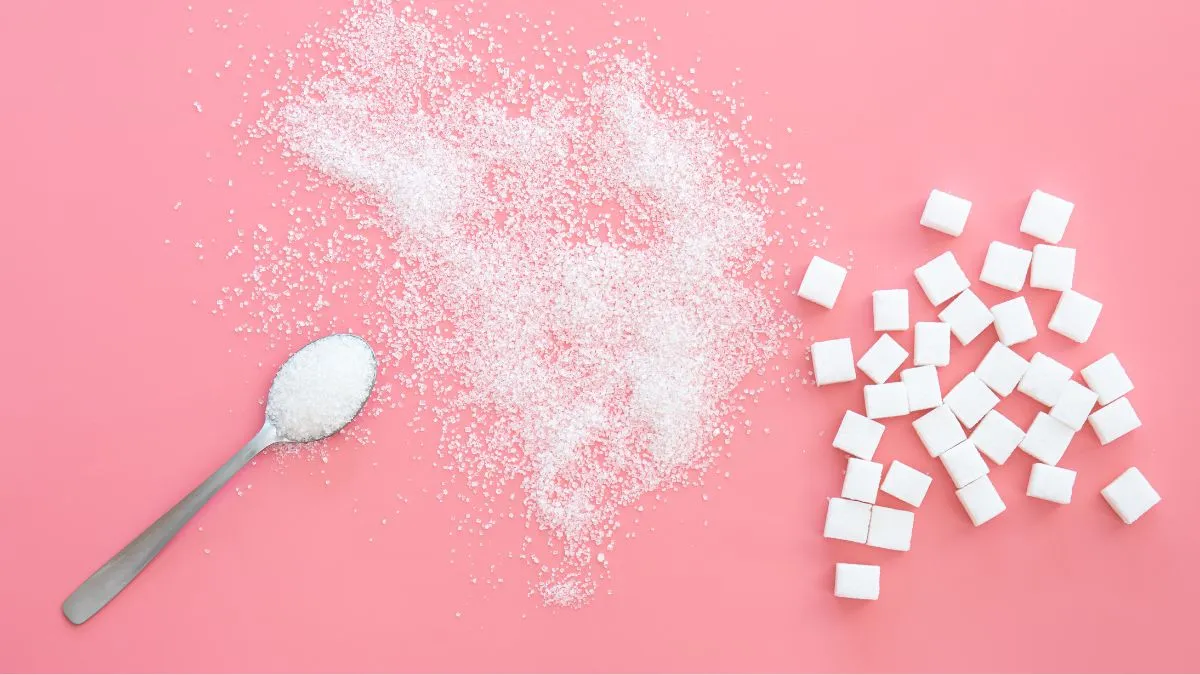
When we say heart disease, we all think of clogged arteries, cholesterol levels, and high-pressure jobs. But another silent killer is sitting on our dinner tables: our daily foods topped with a mass of salt and sugar. The issue is not always the samosa you have once a week; it's the "normal" stuff, biscuits during tea, that added spoon of pickle, the sugary chai itself, which creeps the heart into danger.
Table of Content:-
The Concealed Salt In Our Food
Salt is a deeply penetrating ingredient within Indian cuisine. Right from papads and pickles to namkeens and instant noodles, it appears in much greater quantities than what our bodies can process. The World Health Organization suggests less than 5 grams of salt per day (that is less than one teaspoon). But the average Indian has nearly twice this quantity, sometimes even unknowingly.
Why Is Reducing Salt Intake Important?
According to Dr Chirag D, Consultant - Interventional Cardiology, Aster Whitefield Hospital, “Because too much salt raises blood pressure, it is one of the largest risk factors for heart attack and stroke. High blood pressure frequently has no warning signs until it has already damaged the heart and kidneys. That bag of chips or the added dash of chaat masala does not seem harmful, but it adds up quickly.”
Also Read: Are Your Daily Habits Slowly Damaging Your Kidneys? What to Change Now
Sugar: Not Only In Sweets
If salt is the one that elevates blood pressure, then sugar stealthily powers obesity, diabetes, and high cholesterol, a heart-killing triumvirate, according to a PMC study. And the catch here: sugar isn't just in sweets. It lurks in fruit juices, ‘healthy’ beverages, breakfast cereals, ketchup, and even in bread.
“Surprisingly, most Indians believe reducing mithai will suffice, but the true sugar burden, much of the time, stems from things we don't even think about as sweet.
This overload of sugar spikes blood glucose, promotes insulin resistance, and ultimately damages blood vessels. This, by the way, is why individuals in their 30s and 40s are developing diabetes and heart disease in tandem,” highlights Dr Chirag D.
Also Read: Is Your Diet Making You Tired?
Daily Habits That Affect Our Health
What is so sinister about the salt-and-sugar trap is how it integrates into our hectic lives.
Dr Chirag D quotes, “Skipping home-cooked meals to indulge in packaged snacks, order take-out at midnight, and sip on sweet jasmine tea while working through the day – one small decision becomes part of the routine over years of repeating these small decisions.”
Our grandparents ate salted tea and other sugary treats, but they balanced their meals with fresh produce, exercise, and smaller serving sizes. In the modern era, the balance has shifted.
Escaping the trap
The better news is, this trap isn't irrevocable. It starts with awareness. It can be a tremendous aid simply to recognize what food labels state, for example. Once you see that a single soft drink contains 7-8 teaspoons of sugar, it is less likely to consume it mindlessly. Or that so-called ‘diet’ snacks contain as much salt as their so-called ‘full-calorie’ counterparts.
“More home cooking can help since you will have control of how much salt or sugar gets added to your meals. Even a small change, such as incorporating different spices, lemon, or herbs for seasonings instead of an additional sprinkle of salt or just drinking water, coconut water, or unsweetened tea instead of soda or juice, can make a difference over time,” suggests Dr Chirag D.
The Bigger Picture
“India's rising hypertension and diabetes rates aren't individual issues; they're public health crises. Hidden salt and sugar traps are leading humans into heart disease at younger ages than ever before. But unlike pollution or genes, this is an area where we have control,” Dr Chirag D concludes.
Your heart doesn't demand a sugar-free existence or flavorless food. It only demands balance. A little less salt in the curry, one spoon less sugar in the chai, a transition to fresher, whole foods, these are simple habits that can literally save lives.
Because the truth is, it's not the extravagant meals that are breaking our hearts. It's the small, everyday, unseen excesses, and those are the very things that we can alter.
Also watch this video
FAQ
What are the side effects of sugar and salt?
Excessive intake of salt and sugar is harmful to health. It can increase the risk of many lifestyle diseases, such as high blood pressure, obesity, diabetes, fatty liver disease, and kidney stones, to name but a few.Is it bad to eat sugar and salt together?
Salt and sugar can be consumed together as they do not initiate a chemical reaction when combined. The combination is, in fact, said to be good for the body. Some of the benefits of combining salt and sugar include rehydration, nutrient balance and enhanced flavours.Salt or sugar, which is better?
Both have different sets of functions and nutritional benefits. However, experts advise taking salt and sugar in moderation to avert the risk of health problems.
How we keep this article up to date:
We work with experts and keep a close eye on the latest in health and wellness. Whenever there is a new research or helpful information, we update our articles with accurate and useful advice.
Current Version
Oct 01, 2025 08:20 IST
Modified By : Chanchal SengarOct 01, 2025 08:20 IST
Published By : Chanchal Sengar